Have you ever heard about the city of Padua? It is located in the Veneto region, in Northern Italy. Veneto is famous for being the region of Venice and also for the production of amazing Italian white wine. Padua is a beautiful city, that is absolutely worth a visit. One of the things that visitors should not miss is the botanical garden. Padua botanical garden or Orto Botanico of Padua is a masterpiece of academic gardening, moreover, it is a site that those who love natural beauty should visit. It became part of the UNESCO World Heritage Sites in 1997. Padua botanical garden origins date back to 1545 on a property that belonged to the monks of St. Justine. The botanical garden is the oldest in the world still at its original site (the one in Pisa is one year older, but it moved in 1591).
Padua Botanical Garden
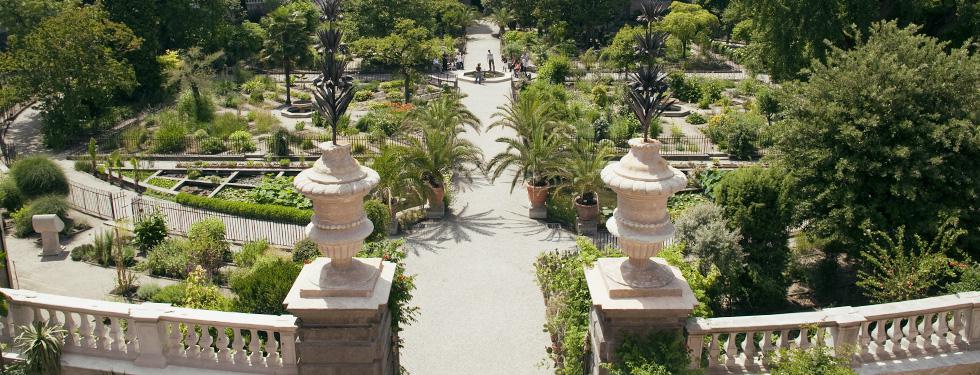
University of Padua botanical garden
Measuring roughly 22,000 square meters the garden is now associated with the University of Padua. Over the years several exotic species of plants from around the world populated the garden. Here it is possible to both admire and study them. The University of Padua botanical garden is still a center of education and scientific research, moreover, it inspired many gardens in Italy and Europe. Its influence concerns both the design and the approaches to the study of medicinal plants and related disciplines. Since its establishment, the Botanical Garden of Padua has been at the center of a network of international exchanges.
The architecture of the Padua botanical garden
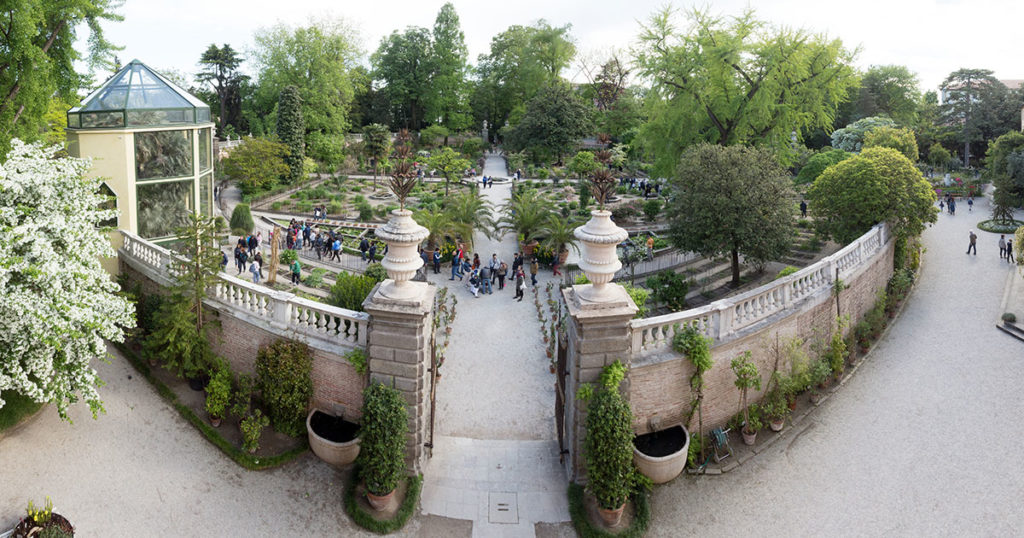
The original designer of the University of Padua botanical garden is unknown. We only know that the architect Andrea Moroni was deeply involved in its construction. The trapezoidal shape of the land on which the garden stands influenced the design of the garden. The shape is actually circular with a square is located in it. The square is also divided into four smaller squares with crossing paths.
The four smaller squares are known as tiers since they were originally higher than the paths and were used as flower beds. In later years the architecture of the garden went through several changes, however, the main configuration remained the same.
In the 18th century in the garden were added four large gates, featuring stone vases with plants, in by beautiful iron gates. Now, within every square, there is a fountain, with balustrades featuring white columns and vases. Also, the large, semi-circular botanical theater, with 100 seats is an addition of that time and is still in use today,
Plant Collections
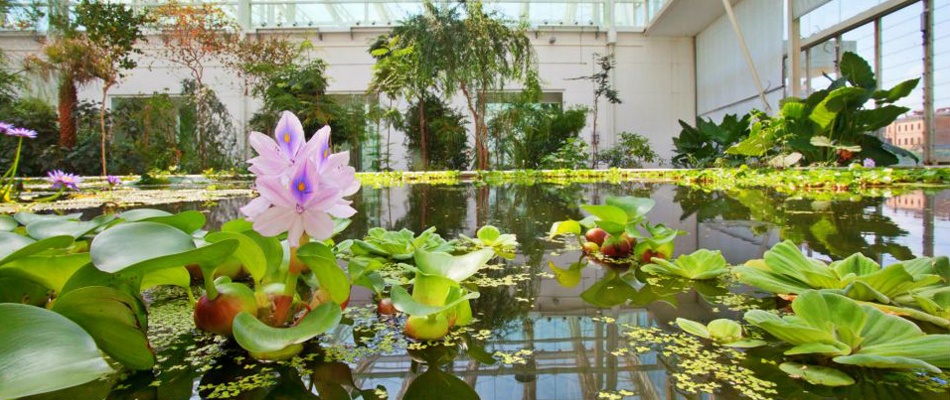
The Botanical Garden of Padua has a large collection of various plant species that have peculiar characteristics. These plants grow in the greenhouse or, because of a shortage of greenhouses, outside in the open air. There are more than 6,000 different types of plants in the garden today. Their historical, environmental, and ecological categories as well as various other standards influence the arrangement.
In addition to important medicinal plants, the garden also has a large collection of poisonous plants, for educational purposes. Visitors can find some of these in the medicinal plant section since small quantities can be used for treating diseases.
Special Collections
The Botanical Garden of Padua has various special collections for which it has become famous throughout the world. There is a section for insectivorous plants, which use the proteins of small insects to grow. These plants capture the insects inside their leaves to extract their proteins. There is also a collection of plants from the Euganean Hills and the region of Triveneto. Some of the most popular collections in the garden are the collections of carnivorous plants, orchids, aquatic plants, and Mediterranean plants.
The Environments and the Habitats
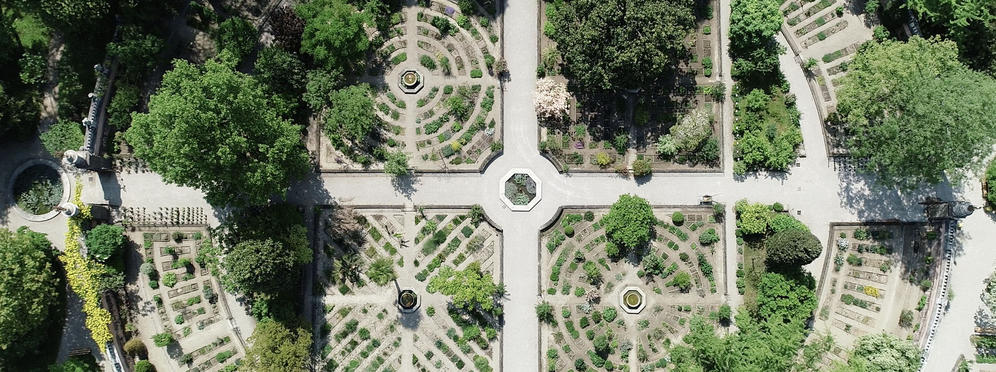
The most noteworthy aspect of the University of Padua botanical garden is that the plants are kept in their natural environments and habitats. The freshwater habitat in the garden has a collection of water plants that grow inside tanks. The Alpine garden has the same climate as the one in the Alps.
Similarly, the coastal plants and trees are kept within a Mediterranean basin where the climate is hot in summer and mild in winter. There are also many climbing creepers as well as thick bushes in this part of the garden. The orchids are kept in a habitat that has a hot and humid climate, which is necessary for the cultivation of such tropical plants.
Visitors to the Botanical Garden can marvel at the time and effort put forth to create the perfect home for these diverse types of plants and trees. The workers at the Garden take into account all the needs of the plants, including the smallest details like the type of soil, the temperature, and the amount of water needed by each, so that they are able to flourish and grow in the best possible circumstances.
Final thoughts about Padua Botanical Garden
To conclude, if you visit the Veneto region and even if you spend your holiday in Venice, it might be worth paying a visit to Padua, which is only half an hour by train. In this Northern Italy city, you can also see Piazza Delle Erbe, and the nearby Palazzo Della Ragione, however, the University of Padua botanical garden is a must-see! After your visit to the University of Padua botanical garden, why not enjoy a Spritz or a glass of Italian white wine from the Veneto region?

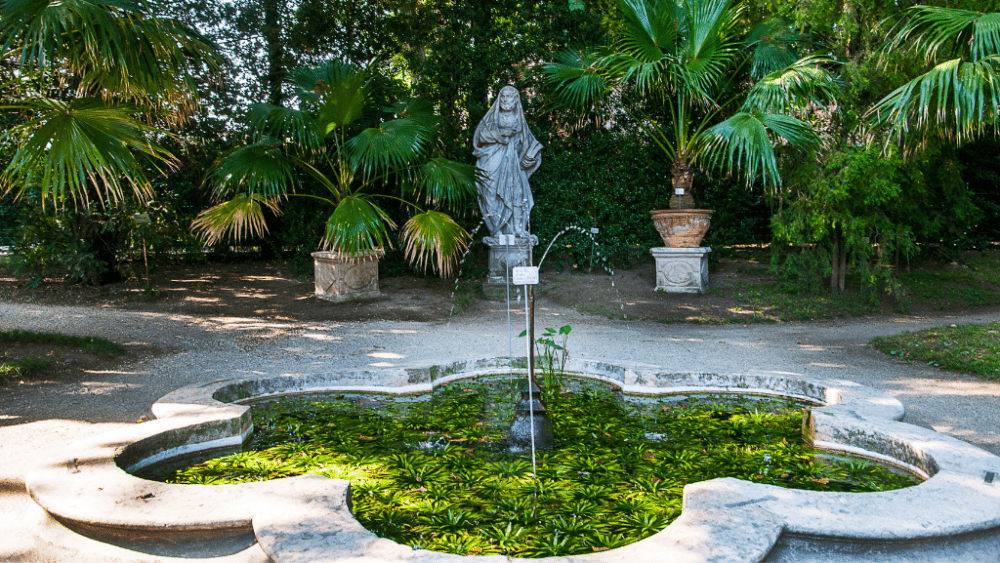






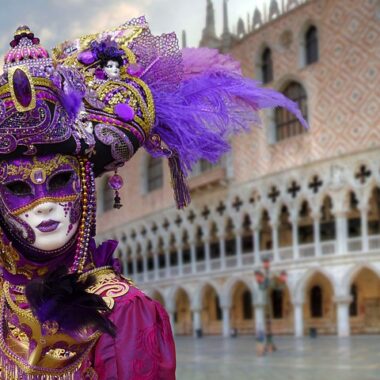


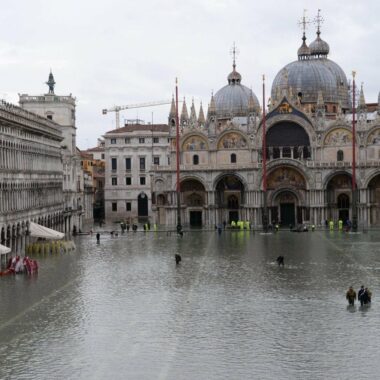
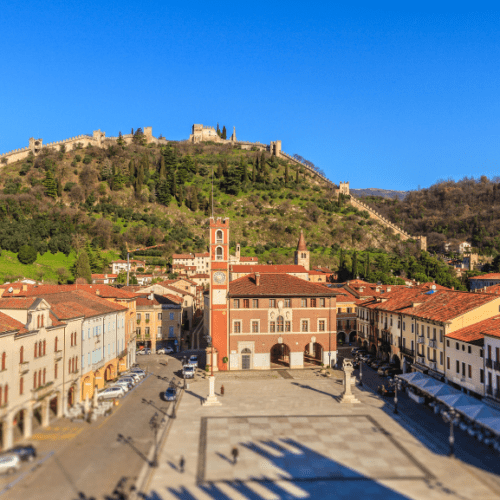
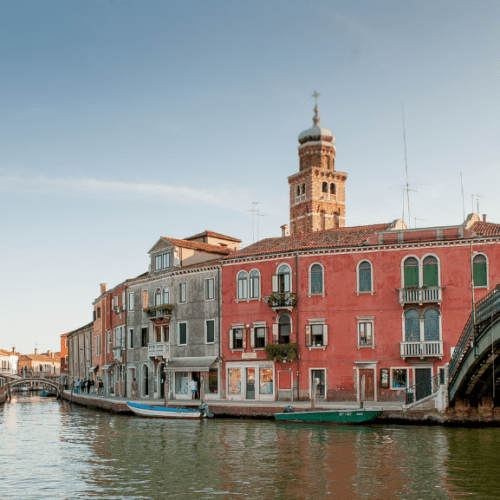
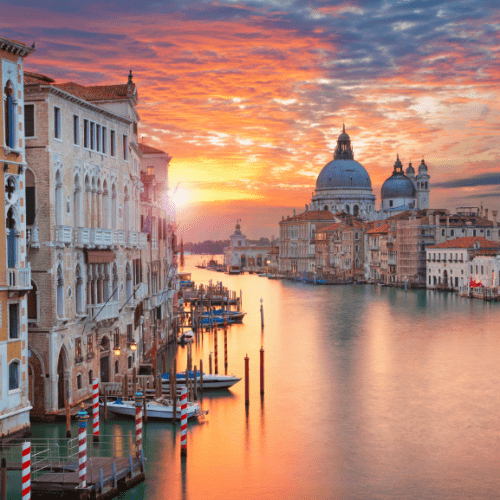
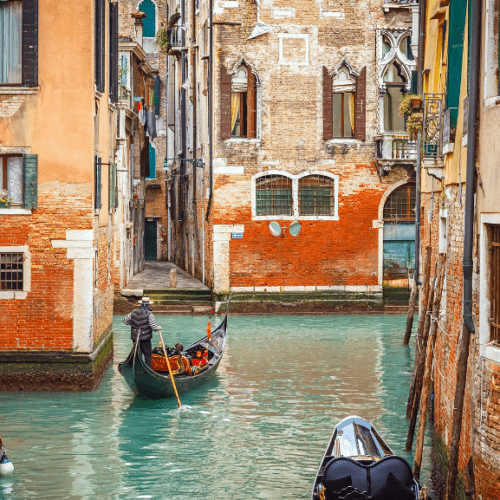




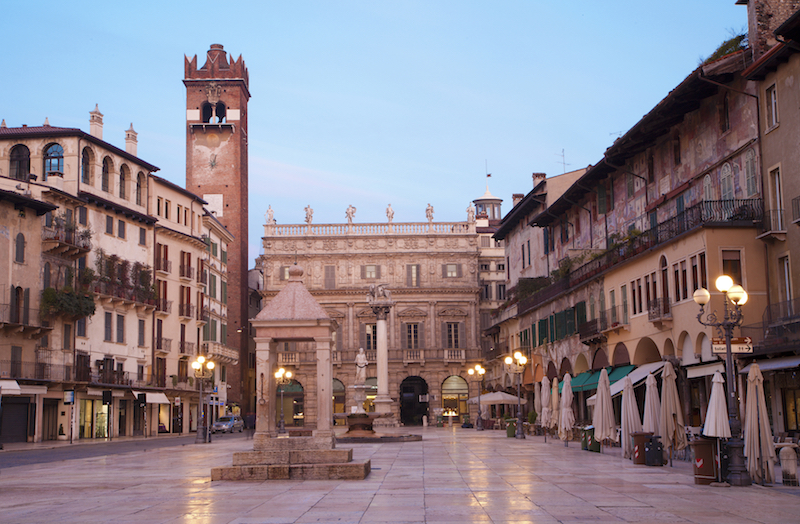

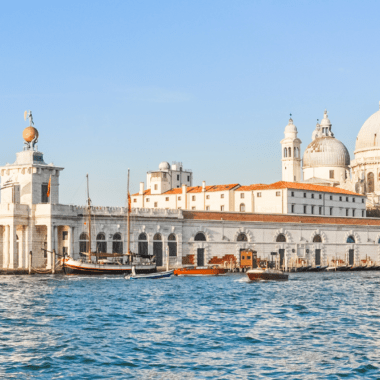
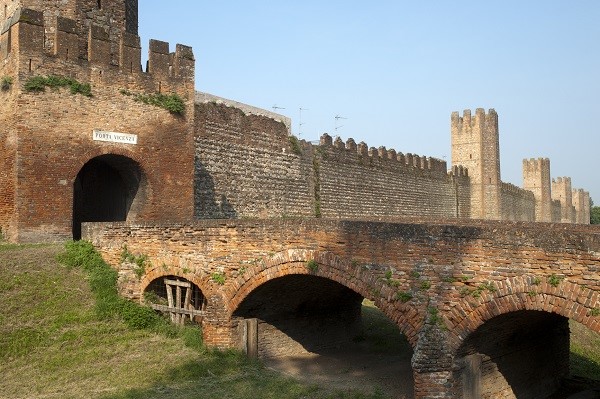
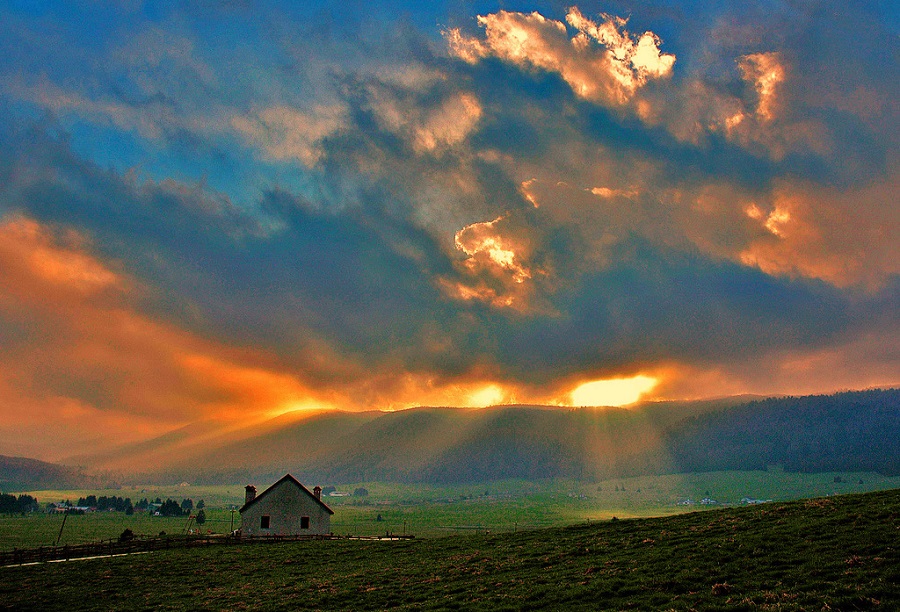
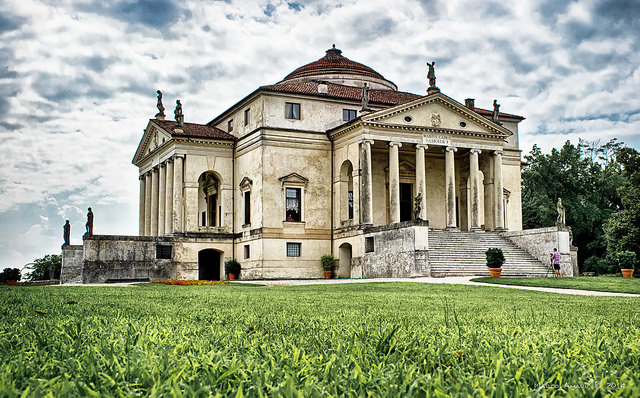
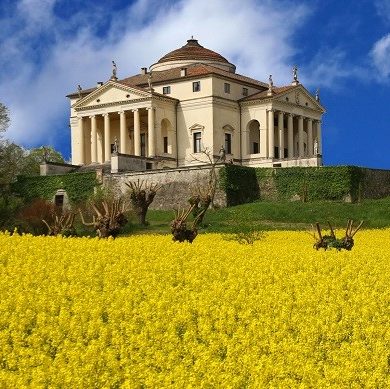
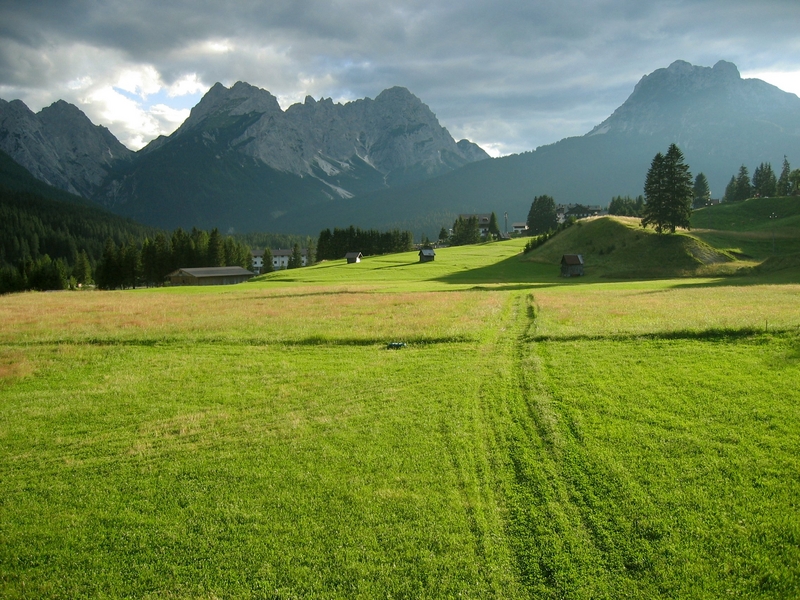
Italy is so full of beautiful nature, those garden is a good demonstration
Padua botanical garden is my favourite one!
Wow it looks so beautiful 🤩
I would so love to see these gardens. I have friends in Italy who are gardeners and will forward this to them. Hope to visit when it becomes possible.